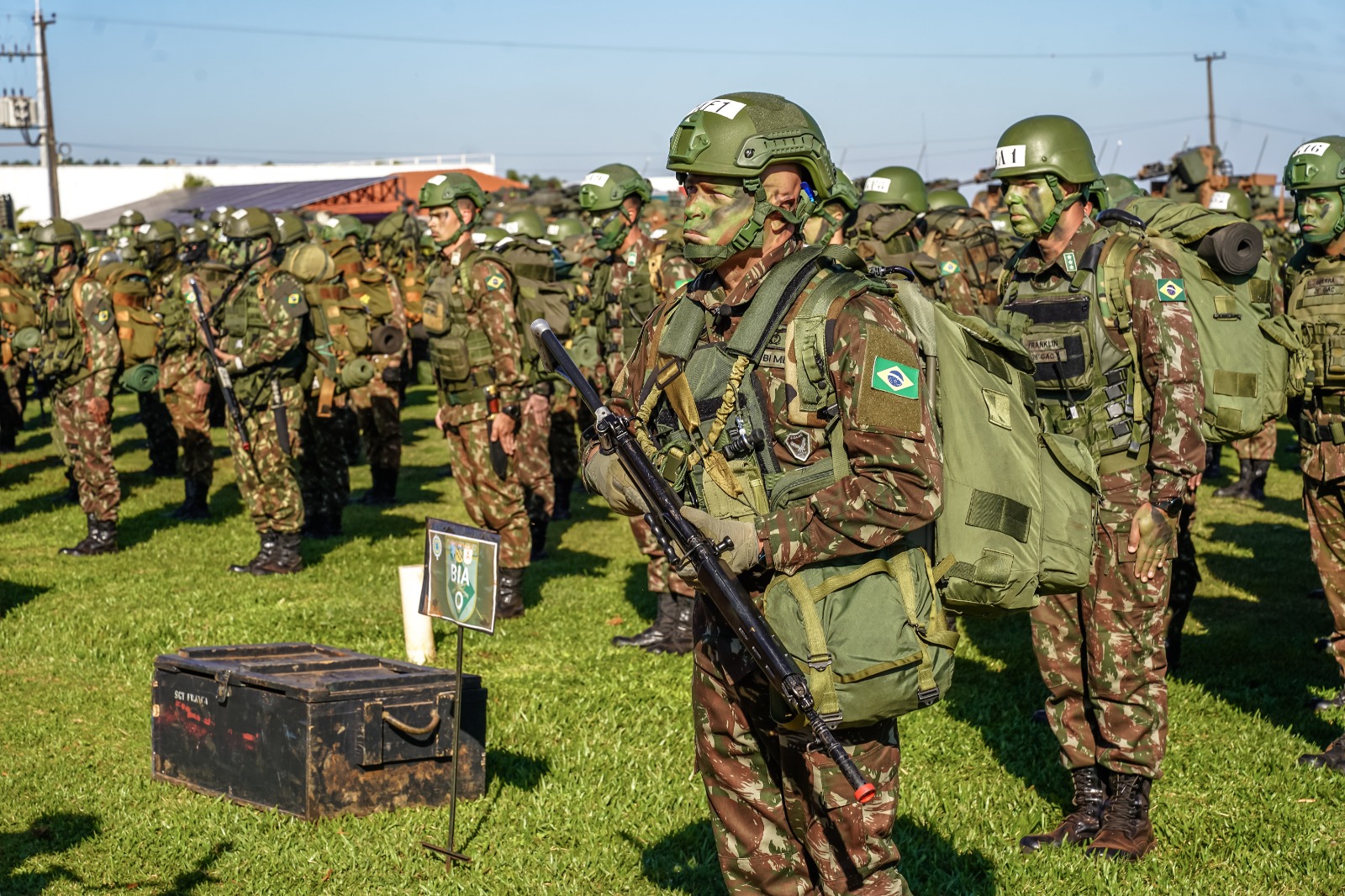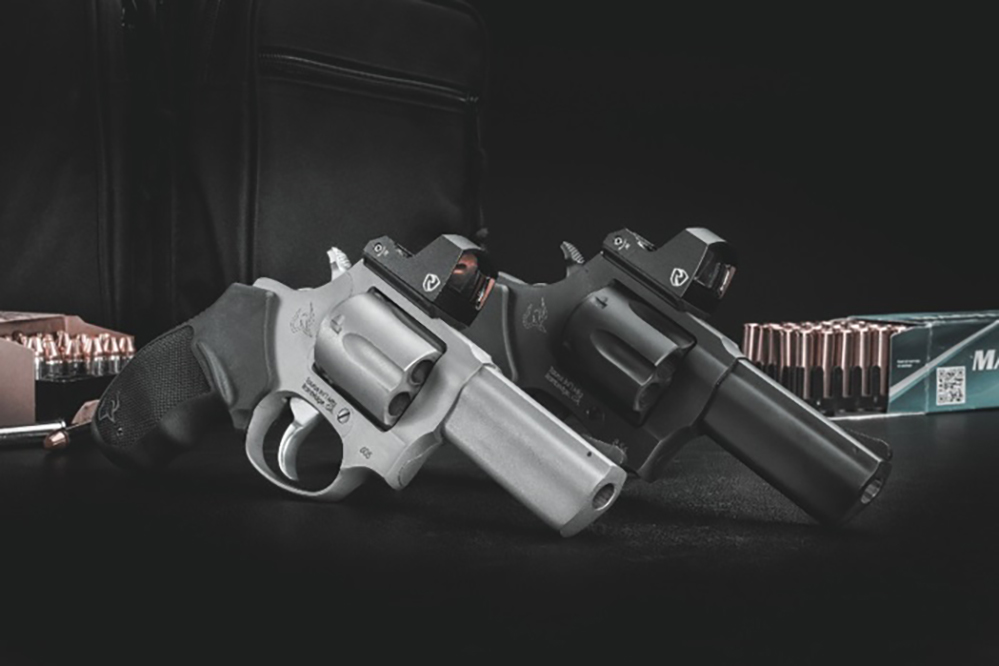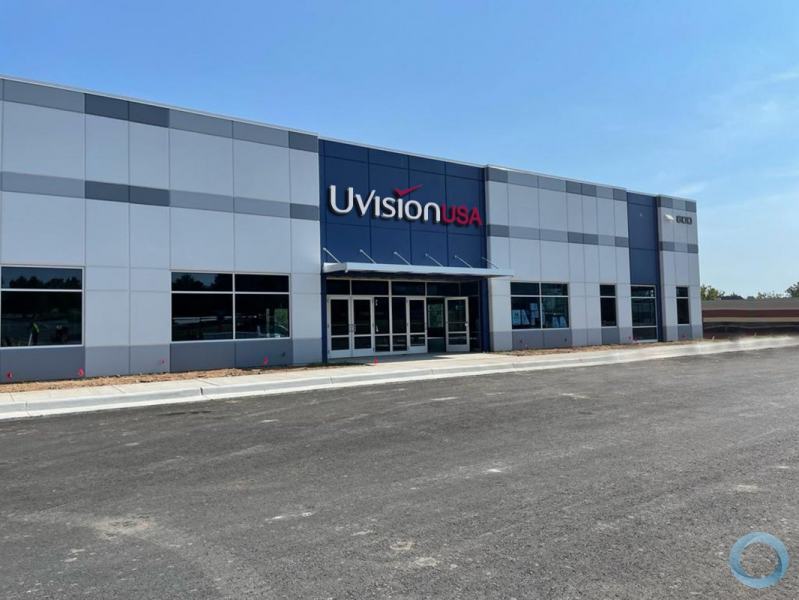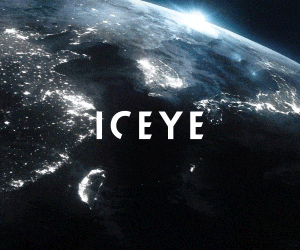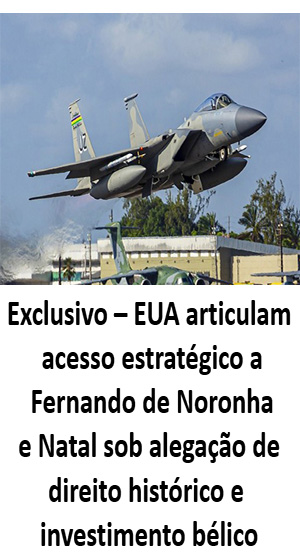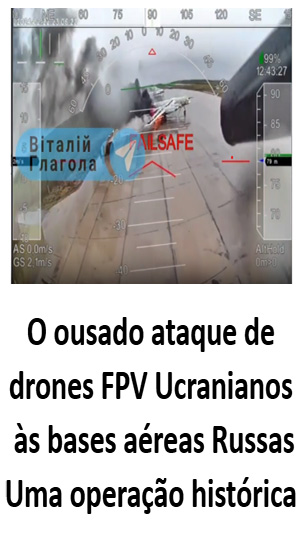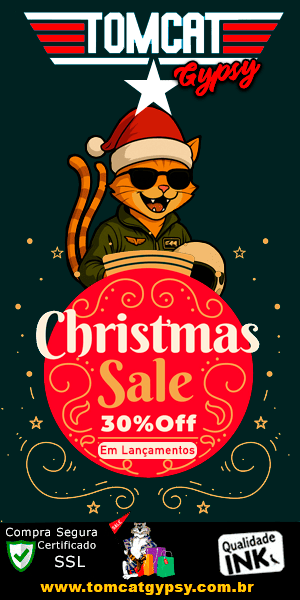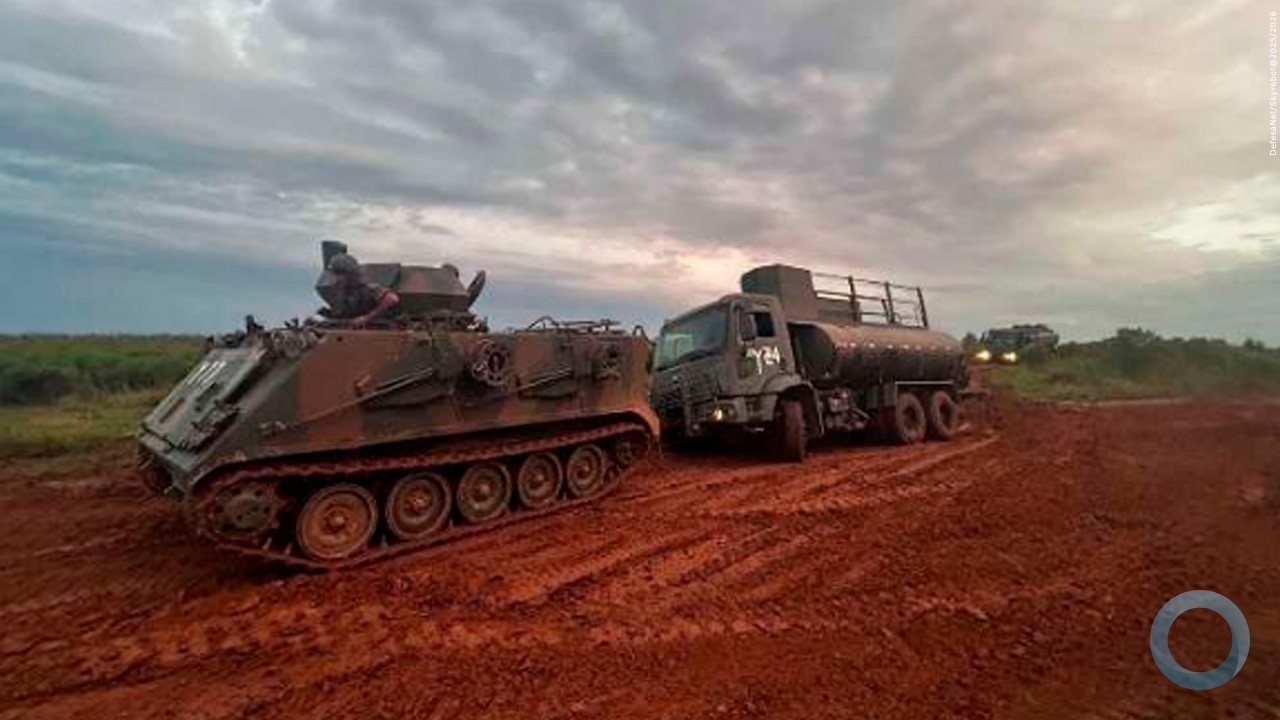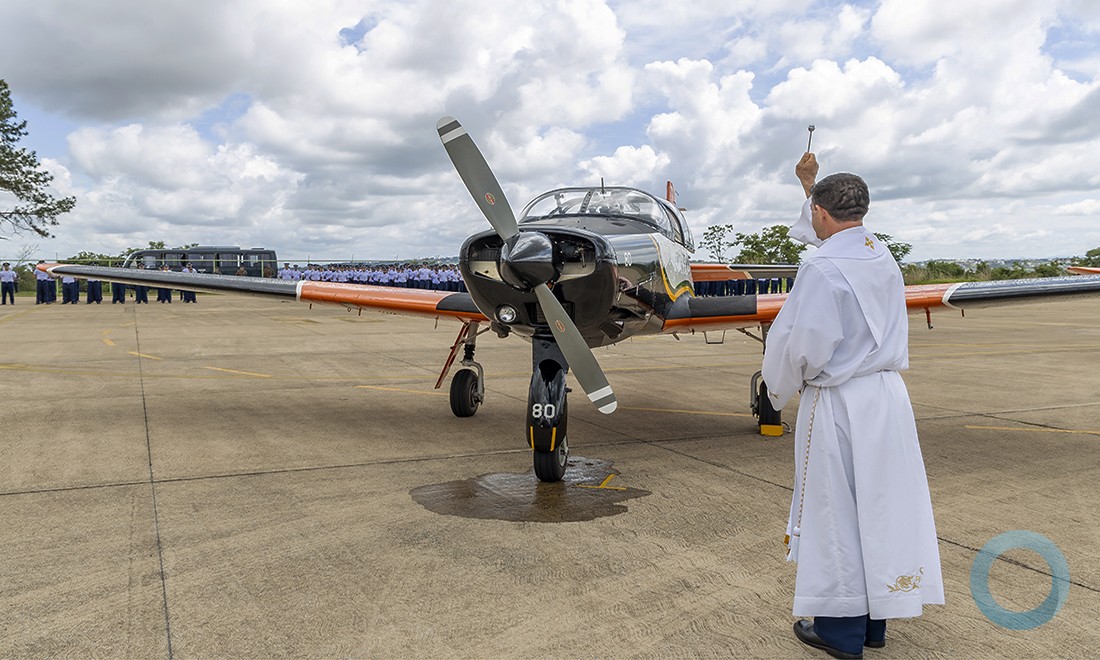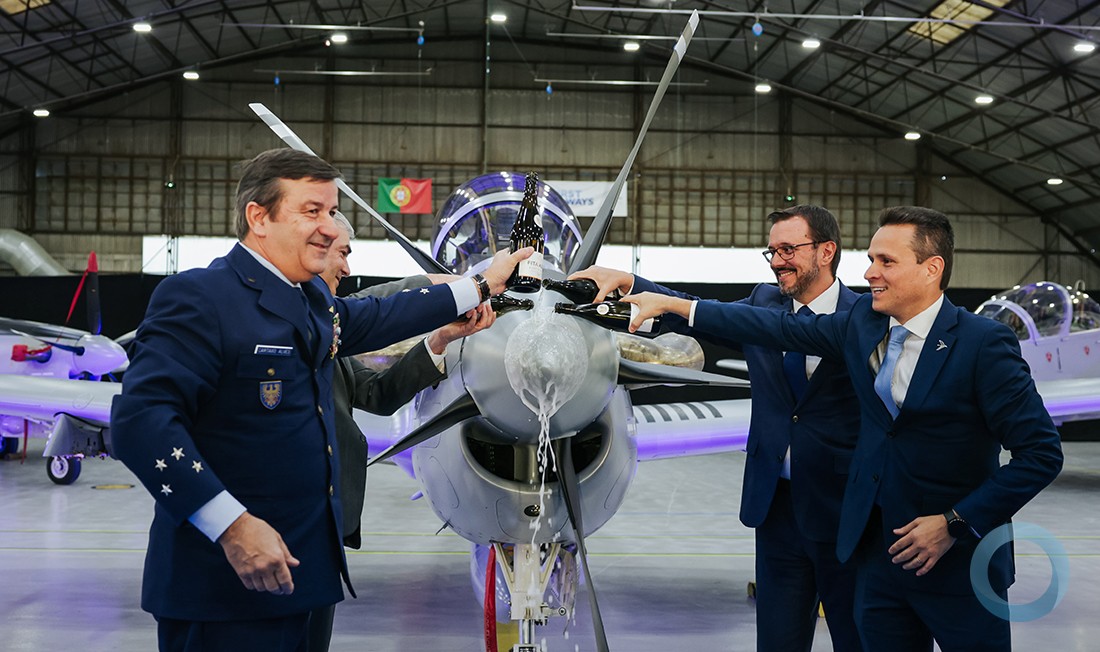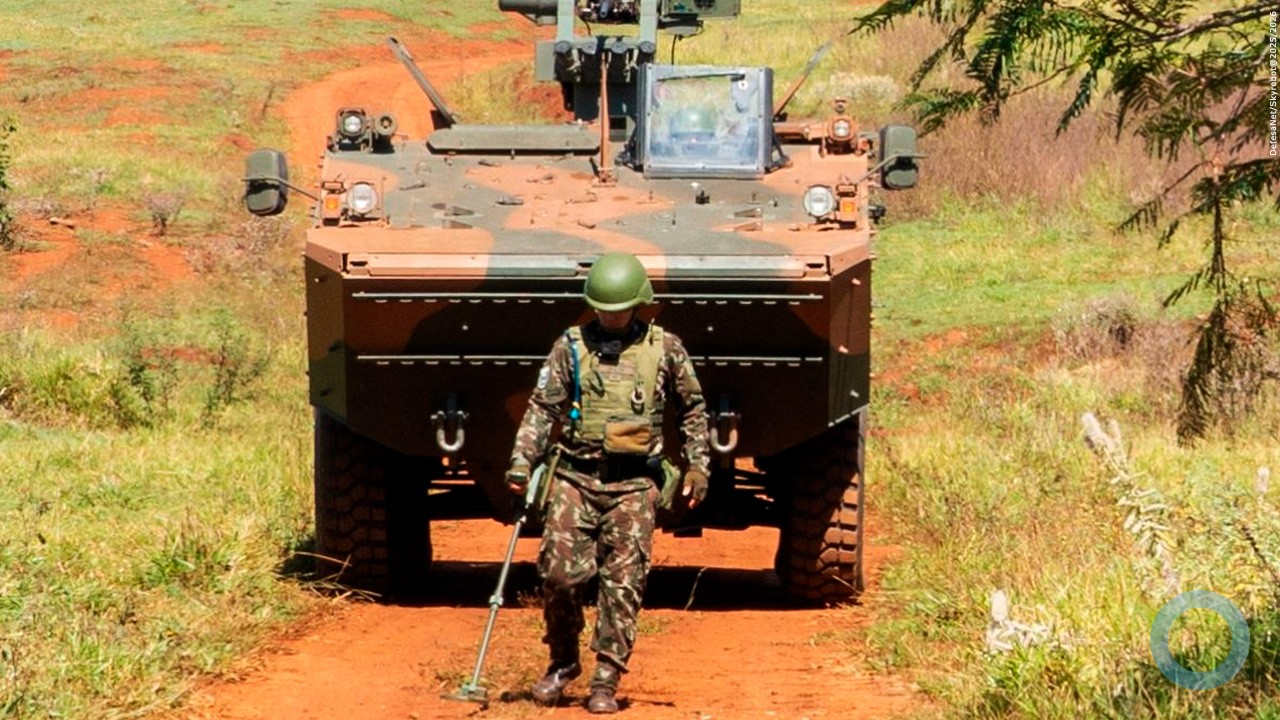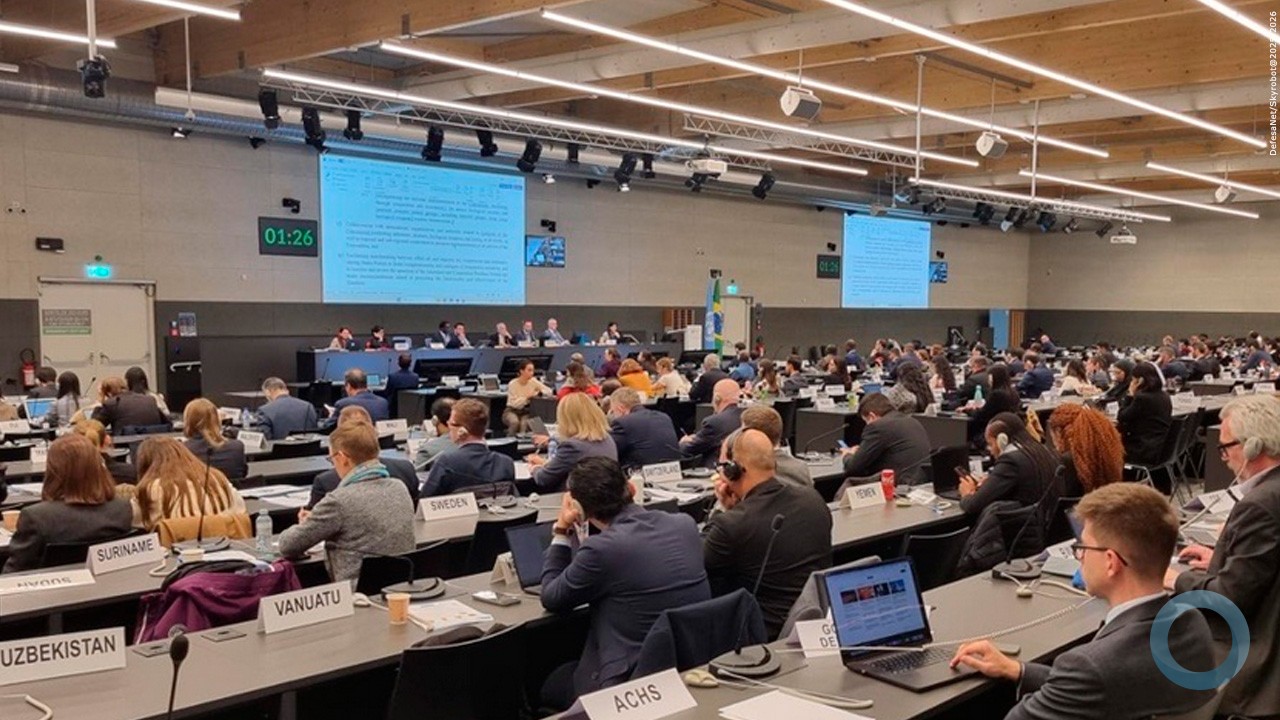Santiago Wills
El Salvador’s Army Deploys Armored Vehicles in Fight against Violent Gangs
El Salvador’s Army is significantly increasing its use of armored vehicles to confront violent street gangs like the Mara Salvatrucha (MS-13) and Barrio 18 (M-18) in several of the country's cities.
Army Troops are using M1151 Enhanced Armament Carriers, upgraded versions of the HMMWVS (Humvees), M1165 Control MRC Radio Trucks, modified pick-up trucks and locally made armored vehicles like the VCTA1 and VCTA2 to provide cover and support during urban operations.
“We’ve adapted our combat methods to the missions we’ve been assigned in the conflict,” Colonel Lucio Edilberto Moz Linares, Chief of the VIII Group of the Joint Chiefs of Staff of El Salvador’s Armed Forces, said on July 1 at the 4th Annual Latin America Armored Vehicles Conference in Bogotá, Colombia.
A history of using armored vehicles
The Salvadoran Military has been using armored vehicles for more than four decades, starting in 1969, when the country’s Cavalry acquired a few American M3 Stuart light tanks designed for conventional warfare. And by the early 1980s, private Salvadoran companies built their first APCs and light tanks, which the Army used in the country's Civil War.
In 1985, the Cashuat was followed by 20 Astroboys, light armored vehicles built using Ford F-250s. They were important in the so-called “Final Offensive” of the Civil War, which lasted from 1979-1992. From 1992 until the mid-2000s, armored vehicles weren't used nearly as much, largely because the Civil War was over and few internal threats required their presence, Colonel Moz Linares said.
But that began to change by the 2000s, when Salvadoran security forces confronted growing violence by the MS-13 and Barrio 18 after both formed alliances with Mexican cartels to transport drugs through El Salvador.
Consequently, in late 2009, the United States donated an initial batch of 18 Humvees, which the Salvadoran Military incorporated into its Cavalry fleet. The U.S. followed with several donations during next five years – ultimately providing about 50 M1151s and M1165s, along with 25 M1025 Armament Carrier Humvees.
Specialized Army unit FER repels gang attack
In April, the Armed Forces incorporated many of the Humvees into the recently created Special Reaction Forces (Fuerzas Especiales de Reacción, FER for its Spanish initials), a strategic Army unit of 600 Troops divided into three Battalions.
Their primary task is to combat gangs and criminal organizations while supporting local police and other Soldiers. Since its inception, FER Soldiers have repelled an M-18 attack in Zacatecoluca in the department of La Paz; combated gangs who had attacked police in Jucuapa in the department of Usulután; and conducted security patrols in cities nationwide.
“The Humvees offer us versatility,” Colonel Moz Linares said. “They are great support for public security units in our fight against the maras.”
In addition to the Humvees, the Army has benefited from using the VCTA1 and VCTA2, two locally made armored vehicles with 20mm cannons. Presented in 2011, these armored vehicles were produced using Dodge Ram chassis. Since their introduction, they have been involved in most urban operations against gangs, as they can withstand high-caliber weapons, grenades and other explosives, according to Colonel Moz Linares.
“We want to keep improving our fleet by making low-cost investments in the conditions of the vehicles that we have produced, and in the fleet of Humvees that we already have,” he said.
Guatemalan Army Fights Transnational Crime with Renovated Armored Vehicles
The Guatemalan Army, working together with the Navy, Air Force, and National Police, is using a fleet of renovated armored vehicles to combat transnational crime and guard the country’s borders.
Guatemala’s Marine Infantry Brigade, the Tecún Umán Inter Agency Task Force (IATF), and the Chortí IATF have used a fleet of modified light armored vehicles and Toyota pick-up trucks to strike several major blows against organized crime groups that traffic drugs and humans through the country’s borders with Mexico and Honduras. The Guatemalan Armed Forces armored and modified the trucks.
“The monopoly of force that the State has accrued with these vehicles has significantly contributed to our mission,” Colonel Ader Bartres García, Commander of the Armed Forces’ Marine Infantry Brigade, said on July 1 during a presentation at the 4th Annual Latin America Armored Vehicles Conference, in Bogotá, Colombia.
Use of armored vehicles declined after civil conflict ended
From 1996 — the year the Guatemalan Civil War ended — until 2014, the use of armored vehicles by the Guatemalan Army declined considerably, Colonel Bartres García said.
In the early 1980s, at the height of the internal conflict, the Armed Forces devised and produced their own Armored Personnel Carrier (APC), a 4×4 reinforced vehicle called the Armadillo, which resembles the American Commando LAV-100. Also known as the Cusuco, the Armadillo was ideal for urban warfare and for flat terrains in certain areas of the country. It could be equipped with .50 manually operated turrets, and, more importantly, could resist the guerrillas’ rocket propelled grenades (RPGs).
The Army used Armadillos until the end of the Civil War, when the government reduced its budget and Troop numbers; it didn’t need armored vehicles again until around 2012, when drug-trafficking organizations, including some Mexican cartels such as Los Zetas and La Familia Michoacana, increased their operations in Guatemala, using the country as a transshipment point for drug loads from South America. The new threats posed by these transnational criminal organizations prompted the government to considerably increase the Army’s size and budget, and to create inter-institutional groups capable of guaranteeing public security in border departments such as Petén, San Marcos, Huehuetenango, Quiché, El Progreso, Chiquimula and Izabal.
International cooperation
Shortly thereafter in mid-2013, Guatemala created its Marine Infantry Brigade and the Tecún Umán IATF. The effort received international support, including backing from the United States, which has donated 82 Jeep J8 armored vehicles, 25 pick-ups and nine trucks for the Tecún Umán and Chortí IATF units. Those vehicles have been continuously deployed in the fight against drug cartels, human smugglers and transnational criminal organizations; their speed and maneuverability on uneven terrain in border areas have made them integral to the Task Forces and the Army’s success, according to Colonel Bartres García.
In just a few months after its creation, the Tecún Umán IATF, which has a fleet of 42 J8s, dismantled nine criminal structures in the northern part of the country before dealing several more blows against international smugglers and drug traffickers in 2014.
Since then, on January 23, a Tecún Umán IATF-led operation resulted in the interdiction of 12.7 tons of amphetamines valued at nearly $1.2 billion. Troops found the drugs in a shack in the city of La Blanca, in the department of San Marcos, which borders Mexico.
Meanwhile in southern Guatemala, the Chortí IATF, whose fleet is made up of 46 J8s, has teamed with their Honduran counterparts as part of the binational Maya-Chortí Task Force. The collaboration reaped success in April 2015, about a month after it was formed, when forces captured 15 suspects and identified 62 drug and human-trafficking routes used by criminal organizations in the border region.






